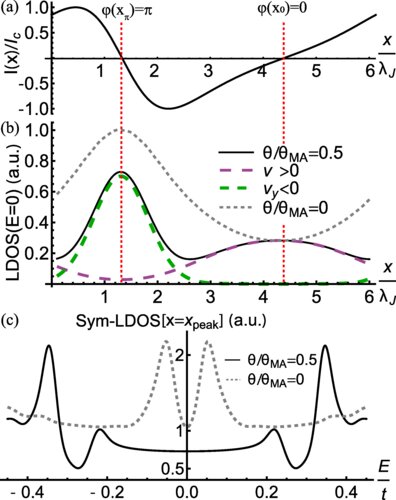Researchers at the University of Connecticut have discovered a method for creating topological superconductors by manipulating quantum particles in thin layers of ordinary superconductors. Superconductors can conduct electric current without any resistance or energy loss, making them a potential game-changer in many fields, from energy transmission to quantum computing to MRI machines. However, creating superconductors with topological properties has been a challenge until now.
The scientists propose that by slightly twisting stacked layers of two-dimensional materials, they can create topological superconductors. This twisting method is applicable at any angle, and there is a wide range of angles that optimize the characteristics, unlike other materials studied so far. The researchers also found unexpected behaviors for the special value of twist angle, where a new state of magnetism should appear.
The researchers theorize that there is an intricate relation between what happens inside the twisted superconductor layers and a current applied between them. The application of a current makes the quantum particles in the superconductor behave as if they were in a topological superconductor. The scientists expect that this topological superconductor has the potential to be better than anything else currently on the market.
Creating these materials poses challenges to overcome, including making the atoms-thick layers better themselves and determining the difficult-to-measure parameters. However, there is a lot of motivation behind developing these highly complex materials. Topological superconductors are potentially useful in quantum computing, as they serve as a necessary ingredient for proposals of fault-tolerant qubits, the units of information in quantum computing. They also hold promise for precision physics, allowing for unprecedented precision for spin or thermal properties.
The researchers claim that their proposal for current-induced topological superconductivity is essential, and there are already several groups around the world trying to do this. Monolayers of nodal superconductors, necessary for their proposal, have been realized, and experiments on twisted flakes are ongoing. However, the twisted bilayer of these materials has not been demonstrated yet. That’s work for the future.



Leave a Reply